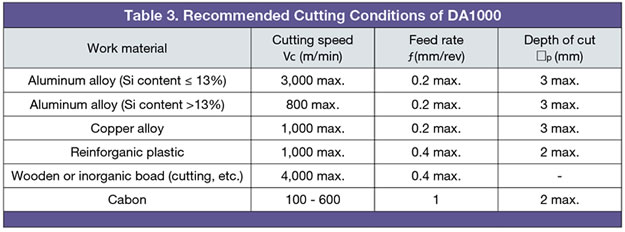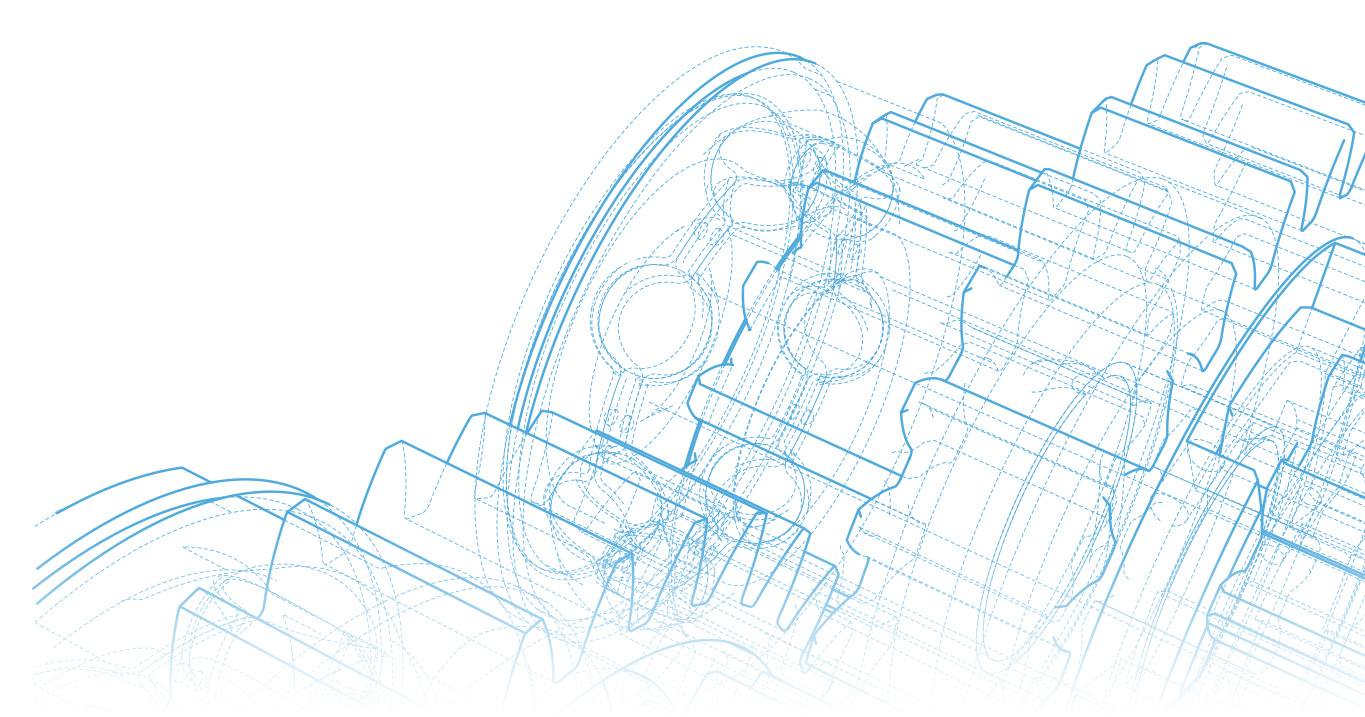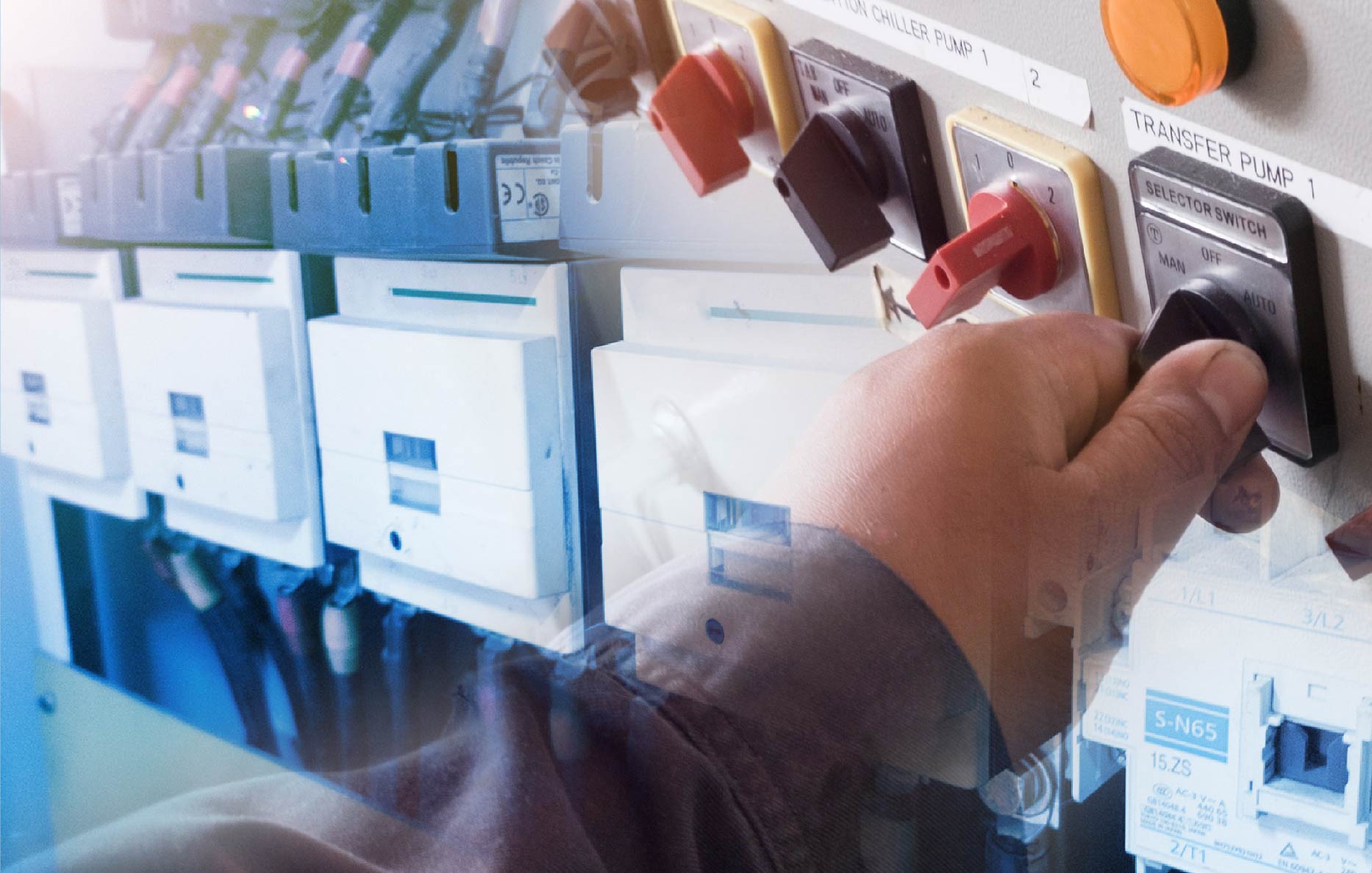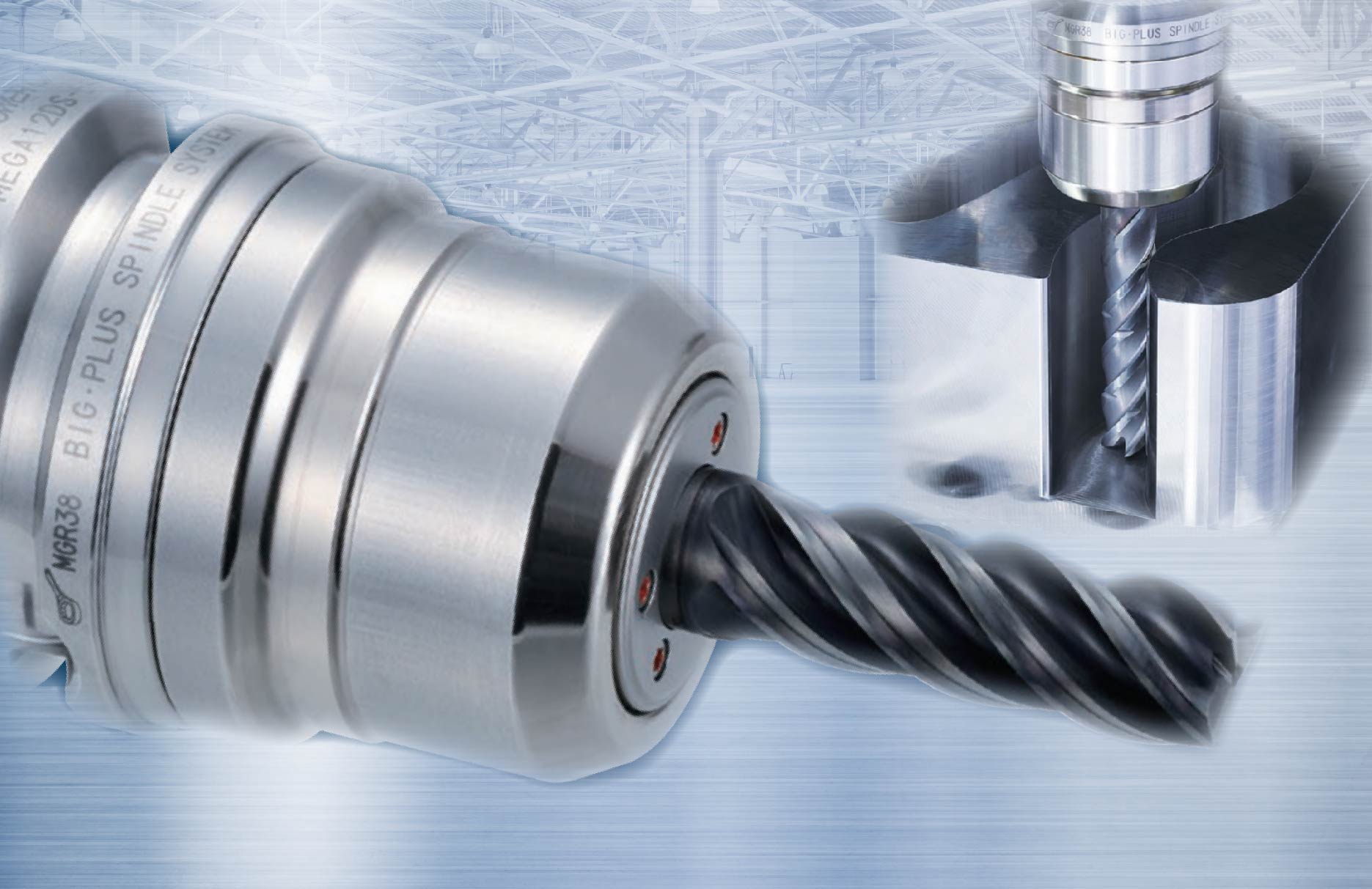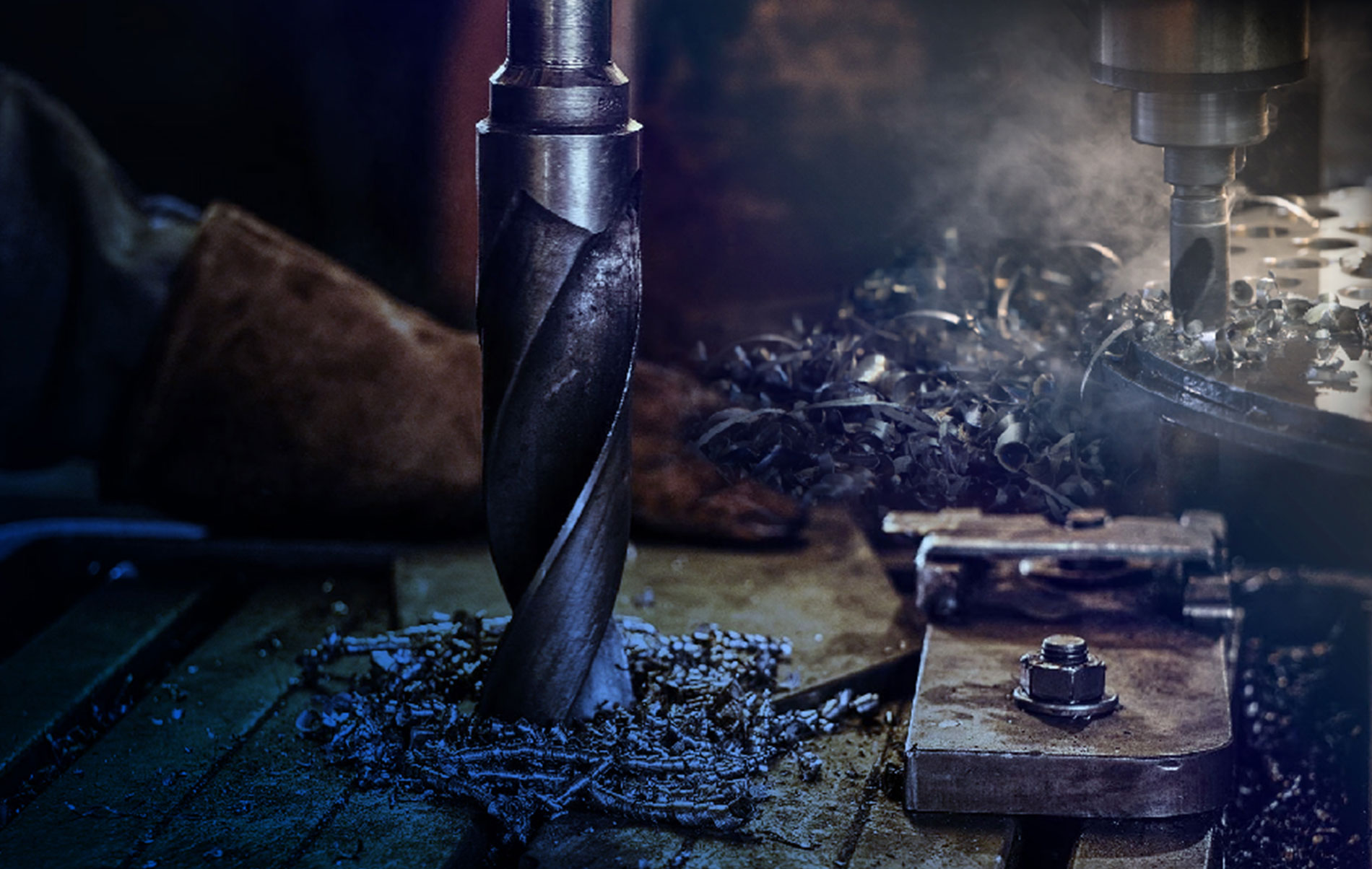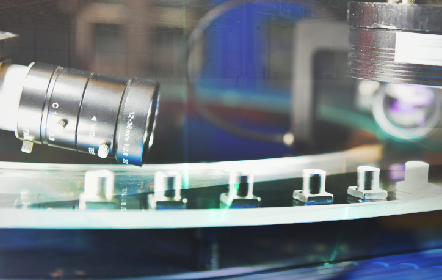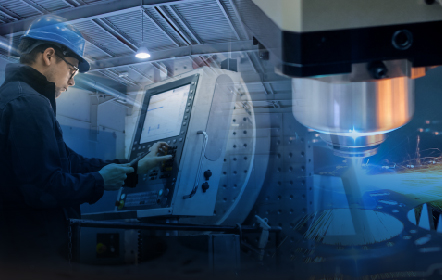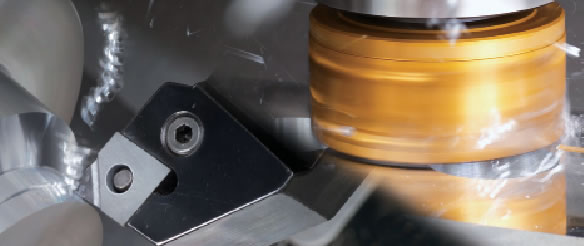 Aluminum has been used widely, especially in the automotive, computer and electronic parts manufacturing. Its lightweight, strength, rust-free, and electrical/ thermal conductivity make us believe of its growing demand in usage as important as other non-ferrous materials. However, from a machining perspective, effectively cutting non-ferrous metal such as aluminum is not an easy task, requiring a true combination of technological expertise.
Aluminum has been used widely, especially in the automotive, computer and electronic parts manufacturing. Its lightweight, strength, rust-free, and electrical/ thermal conductivity make us believe of its growing demand in usage as important as other non-ferrous materials. However, from a machining perspective, effectively cutting non-ferrous metal such as aluminum is not an easy task, requiring a true combination of technological expertise.

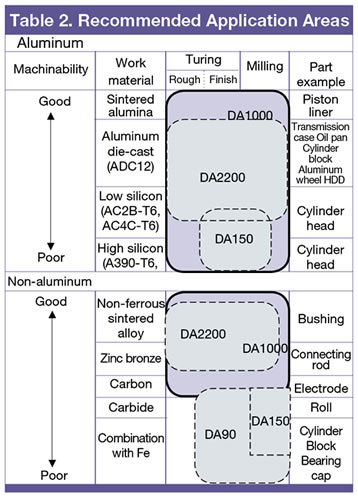
Poly Crystalline Diamond (PCD) is produced for cutting non-ferrous metal by sintering diamond particles with a metal matrix binder under high temperature and pressure until being crystallized PCD, which offers high wear resistance and long tool life.
SUMITOMO ELECTRIC HARDMETAL CORP., Japan has developed PCD – Sumidia DA10000 which provides high wear resistance and toughness. (Fig 1 demonstrates Sumidia DA1000 in comparison with conventional) PCD, which consists of diamond particles and Cobalt compounds whose average diameter is 50 micron, offering high wear resistance but low toughness (such as DA90). While the DA200 which consists of small diamond particles whose average diameter of 0.5 μm provides low wear resistance because of low diamond contents.
Sumidia DA2200 is, therefore, developed to achieve both toughness and higher wear resistance by having diamond size of 0.5 μm in a high volume of density. However, to extend the performance, Sumidia DA1000 is further developed from Sumidia DA2200. With the diamond particle size less than 0.5 μm (Table. 1), DA1000 can offer better cutting edges and keep last long cutting edge sharp.
Especially, when cutting soft materials, the sharpness of cutting edge is very important because the surface of the workpiece will get scratched when the cutting edge is worn into a round shape (R-shape). The tiny diamond particle size of DA1000 and its high density of diamonds allow highly sharp edges and maintain the sharpness longer. Hence, DA1000 is excellent when the surface finish is seriously required. Fig 2 demonstrates the surface roughness of 17% Si-Al alloy cuts using DA100 and DA150. The surface roughness of the one using DA1000 is 3.6 μm, which is very close to the theoretical surface roughness of 3.5 μm. Sumidia DA1000 excels both for turning and milling applications. Cutting a workpiece which contains hard Si particles normally causes abrasive wear and that diamond in PCD becomes graphite when heated to 700oC. However, from the test of 17% Si-Al alloy turning, it proves that Sumidia DA1000 performs excellent wear resistance because of its high density of diamond particles.
Apart from Aluminum, Sumidia DA1000 performs well on other non-metal and non-ferrous materials as well (Table 2 and 3). In addition, it is also developed to cope with the increasing trend of hard-to-cut materials – high Si-Al, Copper alloy and so on. These applications are considered high precision and super roughness. With only superb technology, these desired qualities will come true with higher productivity at better cost effectiveness.
